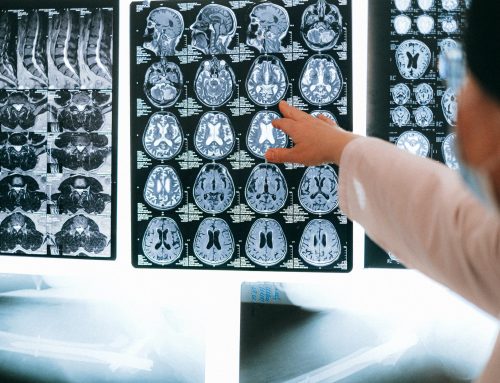The global COVID-19 pandemic has impacted Americans particularly hard. While the impacts on physical well-being are obvious, emotional well-being has also taken a toll. Isolation and loneliness in early quarantine, concern about contracting the virus, worry about loved ones, and significant disruptions to daily life were feared to affect Americans’ mental health. Financial and food insecurity are also prominent stressors. Not surprisingly, demand for therapy and psychiatric medication increased, and Americans have sought help in unprecedented numbers. As the pandemic goes on, however, Americans’ stress and mental health symptoms continue to increase.
Recent data from Mental Health America suggests anxiety and depression hit an all-time high in September 2020. Indeed, the amount of anxiety in the U.S. increased six-fold since January and the amount of depression increased eight-fold. Of the respondents in the MHA survey, 37% reported suicidal ideation. The biggest sources of stress between April and September were isolation, past trauma, and relationship issues. Overall, at the time of data collection, it was estimated that approximately 19% of Americans are living with a mental health condition, which is an increase from the previous year’s report.
Clearly, mental health is in need of the same attention as physical health during this time. Any concerns about your mental health should be discussed with your doctor, therapist, or a new provider. This is also true of children and adolescents, in which concerns should be taken seriously and treatment pursued.






